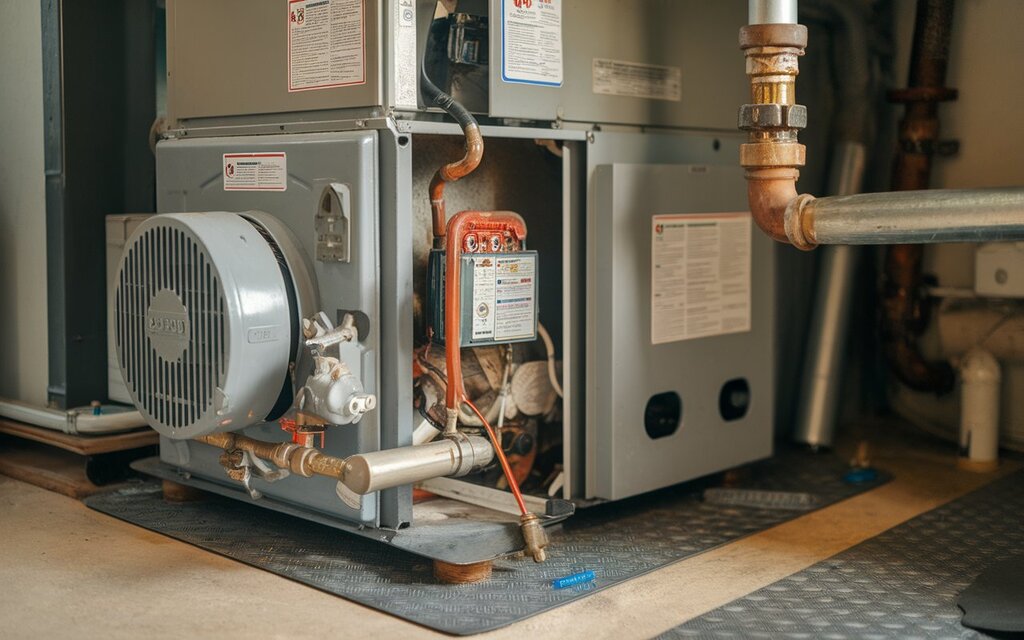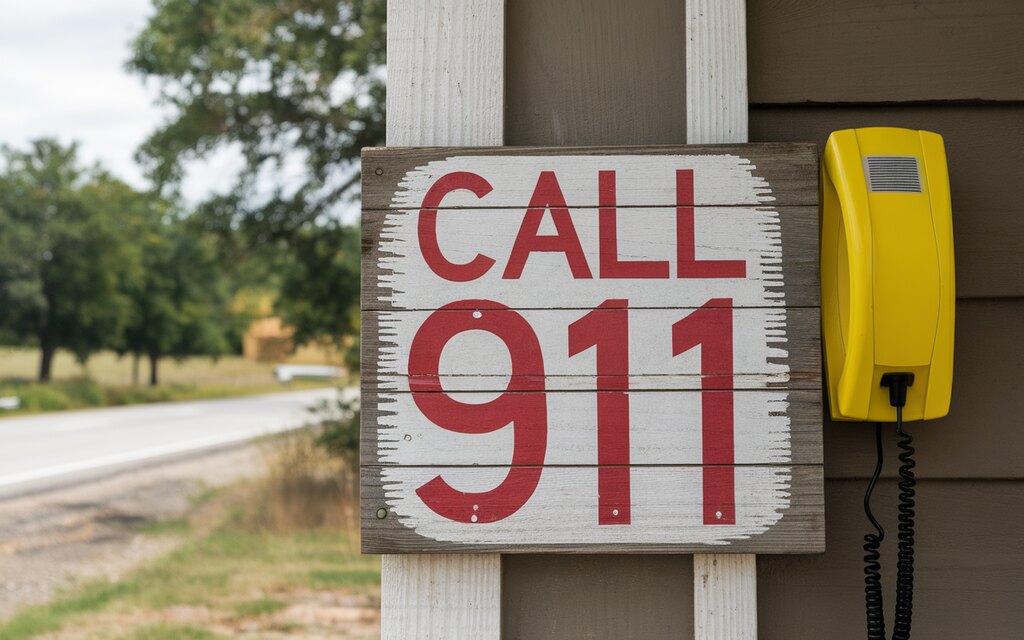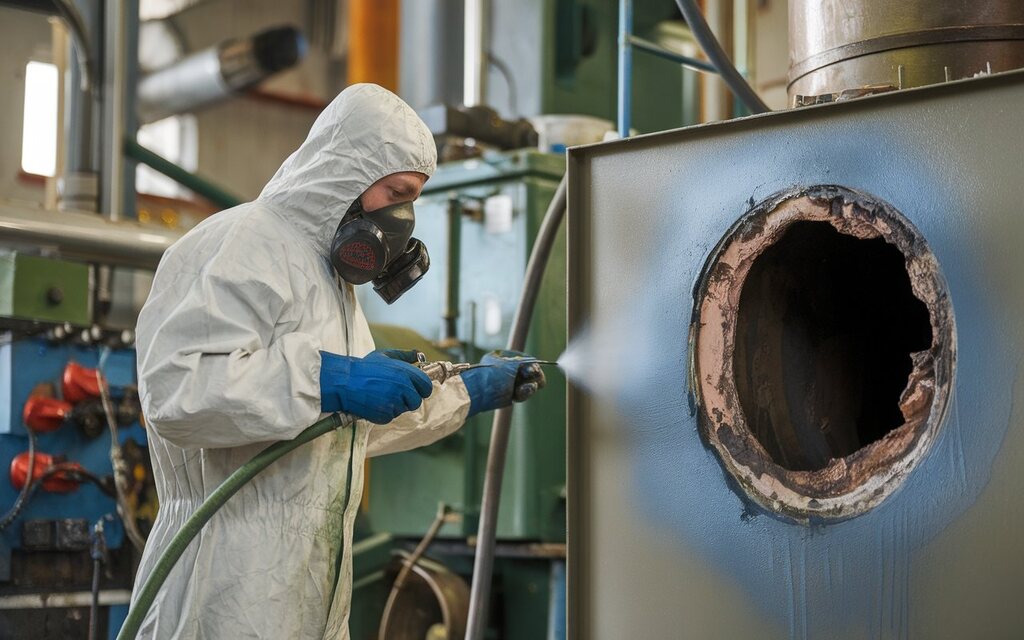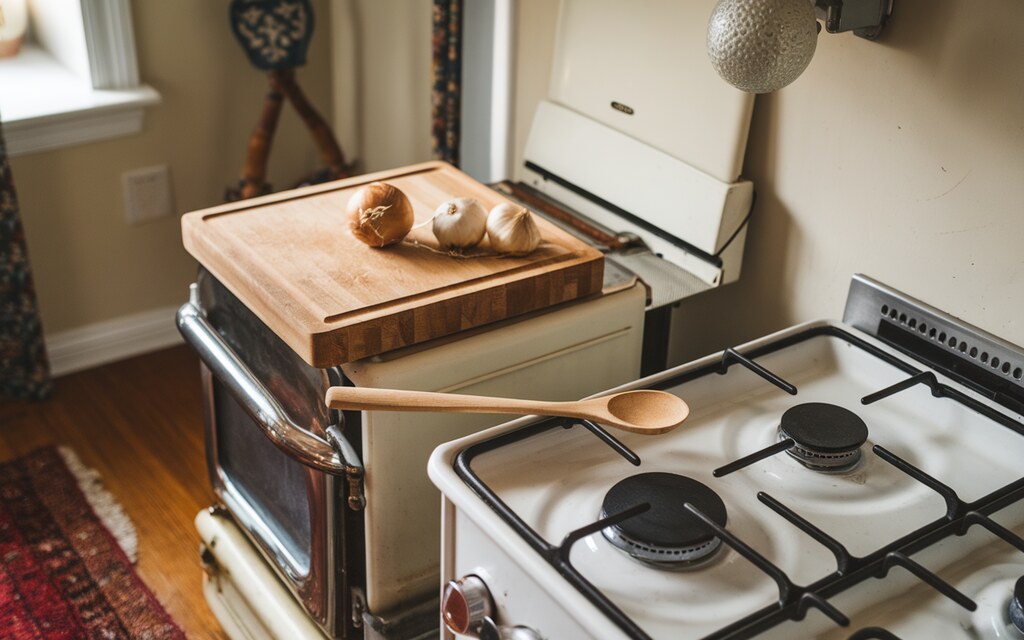Natural gas is odorless by nature, but utility companies add mercaptan to give it that unmistakable smell. This addition isn’t just for identification, it’s your first line of defense against potentially dangerous leaks. Even minor gas escapes can create serious hazards in your home.
Understanding why you might smell gas when your furnace is inactive helps you respond appropriately. Is it coming from the furnace itself, or perhaps from another gas appliance? Could it be a false alarm?
The peace of mind that comes from knowing exactly what’s happening with your home’s gas system is invaluable. Let’s explore the common causes and smart solutions that keep your family safe.
Common Causes of Gas Smell When Your Furnace Is Off
Component and Connection Issues
Your furnace’s gas system involves multiple potential leak points. Valves deteriorate over time, allowing tiny gas escapes even when inactive. Connection points loosen from home vibrations and temperature changes.
Did you know that every day settling of your house can stress gas fittings? Supply lines face threats from corrosion in older pipes and physical damage during nearby renovations. Even a small nick creates escape paths for gas molecules.
Pilot Light and Ignition System Concerns

Your furnace type matters when tracking down gas odors. Older models with constant pilot flames consume gas continuously, while newer electronic ignition systems activate only when needed. Has your pilot light blown out recently?
This can release unburned gas into your home. Your furnace relies on a thermocouple as a safety guard, but failing thermocouples can misread the pilot status. This confusion leads to unreliable gas control and that distinctive rotten egg smell you’ve noticed.
Health and Safety Risks
Gas leaks affect your body in stages, starting with headaches, dizziness, and nausea. These symptoms often mimic common illnesses, making them easy to dismiss. Have you experienced unexplained fatigue recently? Long-term exposure can damage your nervous system and organs. Gas molecules displace oxygen in your home, creating breathing difficulties even before you notice strong odors. Your risk increases with gas concentration levels.
Natural gas creates immediate physical dangers beyond health effects. The smallest spark can ignite leaked gas, causing fires that spread rapidly through your home. Gas accumulation in enclosed spaces creates explosion potential. Carbon monoxide often accompanies gas leaks, especially with incomplete combustion. Children, elderly family members, and pets detect these dangers later than others. Their smaller bodies absorb toxins faster, making them your early warning system for problems you might miss.
Emergency Response Protocol

Trust your nose and act decisively when you detect the gas odor. Exit your home immediately without waiting to investigate the source. Leave doors open behind you to increase ventilation.
Call your gas company from outside using your cell phone, not your landline. Their emergency line operates 24/7 and dispatches technicians faster than general services. Have you programmed this number into your contacts?
Call 911 if you notice strong odors or if anyone shows symptoms like dizziness or nausea.
Your actions during a gas emergency directly impact your family’s safety. Never flip light switches, unplug devices, or start vehicles nearby. These create sparks that can ignite gas. Resist the urge to shut off electrical breakers inside your home.
Take photos from a safe distance for insurance documentation. Note the time you first detected the odor and any symptoms experienced. This timeline helps technicians trace intermittent leaks and supports insurance claims if damage occurs. Your detailed records might reveal patterns that point to specific system failures.
Inspection and Repair Process

Professional technicians use specialized equipment to locate your gas leak precisely. They employ electronic gas detectors that identify concentrations as low as 5 parts per million. Expect them to inspect every inch of visible gas piping, all connection points, and your furnace components.
Most leak repairs cost between $150-$300 for simple valve or fitting issues. Complex problems involving pipe replacement behind walls can reach $750. The average inspection takes 1-2 hours, while repairs typically require an additional 2-4 hours. Has your system been professionally inspected in the last two years?
Look for technicians with NATE certification or local gas utility endorsements. These professionals complete rigorous safety training and understand code requirements. Your furnace’s age becomes the primary factor in repair decisions. Systems older than 15 years often make replacement more economical than extensive repairs.
New furnaces offer 15-25% greater efficiency, recovering their cost through lower utility bills. Compare repair costs against 30% of replacement value—when repairs exceed this threshold, replacement usually makes more financial sense. Your homeowner’s insurance might cover certain gas line repairs, particularly if you maintain regular service records.
Proactive Measures
Schedule professional furnace inspections every fall before heating season begins. This timing allows technicians to catch potential issues before cold weather demands continuous operation. Install both natural gas and carbon monoxide detectors near your furnace and sleeping areas. Did you know these devices serve different purposes?
Gas detectors respond to the mercaptan odor additive, while CO detectors identify the odorless carbon monoxide gas. Replace your flexible gas connectors every 10 years, even if they appear undamaged. Consider installing an automatic gas shut-off valve that activates during earthquakes or detected leaks are detected.
Your furnace’s age directly impacts its safety profile and efficiency. Systems over 15 years old lack modern safety features like flame rollout sensors and better-sealed combustion chambers. Newer models achieve 95-98% efficiency compared to 80% in older units, saving you $200-$400 annually on heating costs.
Watch for increasing repair frequency; two or more repairs within a single season signal replacement time. Upgrading provides peace of mind through improved safety technology and often qualifies for utility rebates or tax incentives. Your investment typically pays for itself within 5-7 years through energy savings alone.
Conclusion
Gas odors around your inactive furnace demand immediate attention, but not panic. You now understand the common causes, from valve issues to thermocouple failures, and recognize the serious health risks involved.
Your response plan to evacuate, call from outside, and avoid creating sparks could save your family’s lives. Remember that professional inspection costs ($150-$750) represent an investment in safety, not an expense.
Regular maintenance prevents most problems before they start. Trust your nose, it detects dangers your eyes cannot see, and maintain both gas and CO detectors for complete protection. Your local gas utility offers free emergency inspections and can recommend qualified technicians for your specific system.
FAQs
Is it normal to smell gas occasionally near my furnace?
No. Any gas odor indicates a potential problem requiring immediate professional inspection, regardless of intensity.
How can I determine if the smell is coming from my furnace or another appliance?
Isolate potential sources by turning off each gas appliance separately, ventilating the area, then checking if the odor returns. For precise detection, professional leak detection equipment is recommended.
What’s the difference between carbon monoxide and gas detectors?
They serve different purposes: CO detectors only sense odorless carbon monoxide, while natural gas detectors respond to methane or the mercaptan additive. Both are necessary for complete home protection.
How do weather or seasonal changes affect gas odors?
Temperature fluctuations cause pipes to expand and contract, potentially stressing connections. Barometric pressure changes may also draw odors from small, normally undetectable leaks into living spaces.
What verification should I request after repairs?
Ask for electronic leak detection testing, system pressure readings, and a combustion analysis to verify proper furnace operation and exhaust.
How does homeowners’ insurance typically handle gas leak situations?
Most policies cover sudden, accidental gas damage but exclude gradual leaks resulting from poor maintenance. Document all inspections and repairs; some insurers require proof of professional installation.
What documentation should I maintain about my gas system?
Keep installation certificates, inspection reports, maintenance records, repair invoices, and detector installation dates. Document annual testing and save the technician’s contact information.
What shutdown procedures should I follow when my furnace won’t be used for extended periods?
Turn off the main gas valve to your furnace and switch off the electrical power at the breaker. For vacation periods, consider closing the main gas supply. Schedule professional reactivation before next use.

